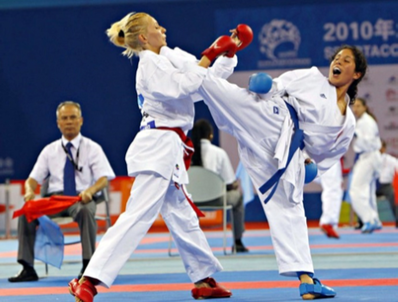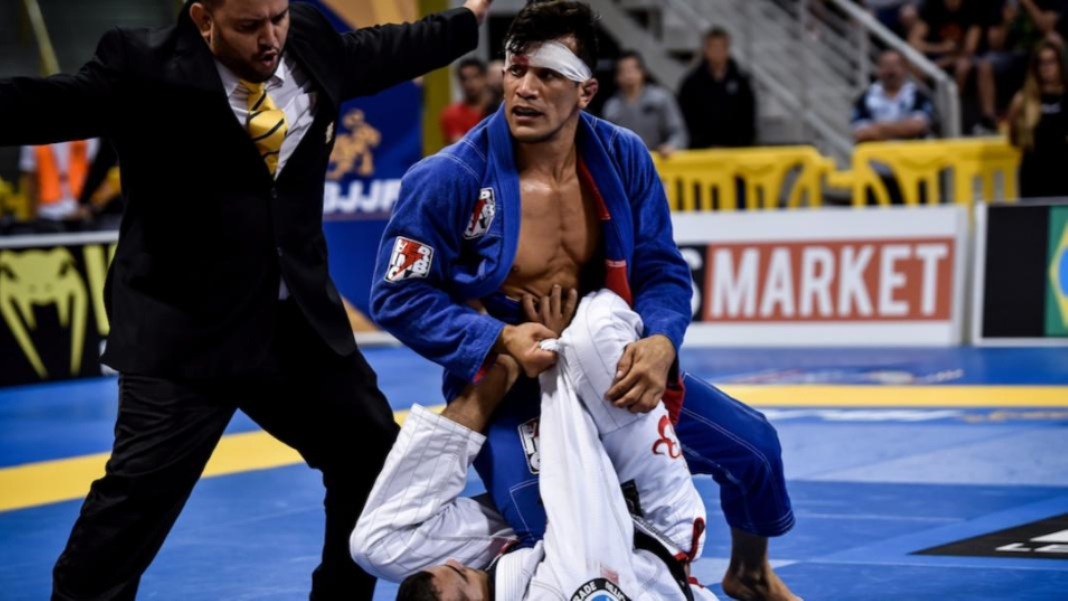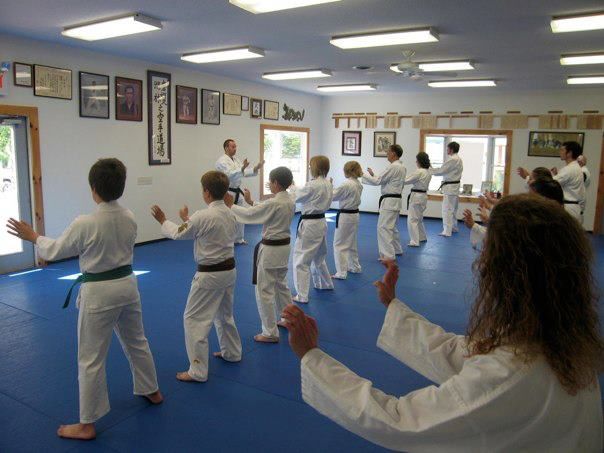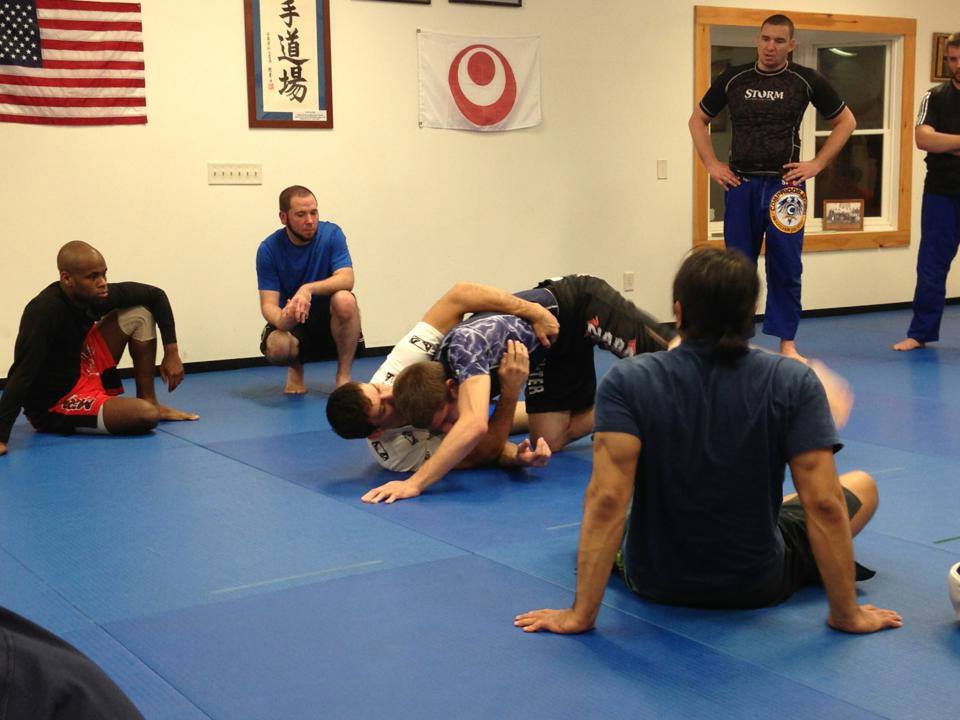
Lately, this debate has been raging in Brazilian Jiu-Jitsu. The argument on the side of the “self-defense” proponents argue that the first generation developers of BJJ got it exactly right. They feel that no modifications should be made to the original strategies. They also tend to dislike modern competition, sighting that some of the strategies developed over the last twenty or thirty years (since the art exploded in popularity) are not applicable to the real world. The harshest critics feel that training for sport detracts from the essence of the true martial art. This is not new, or limited to BJJ.
Having tradition and standards are essential in establishing and continuing a martial art. They are based on the collective experience of everyone who has trained-in, and developed the art up to the present time. Tradition helps to form the best way for people to learn. Standards, guidelines and compulsory strategies, are the glue that holds a style together over time. To have no technical guidelines would be to have no martial art!
In reality, each variation of a combative style is somewhere on a spectrum of tradition and contemporary. Some schools are more old-school, and some more new. The most traditional practitioners have no tolerance for change, and the most modern stylist have almost no established standards. In reality, a healthy balance between tradition and evolution is best. Although establishing and maintaining standards is extremely important, resisting a natural progression of a martial art over time is a mistake. Regardless of style, not allowing any improvements, a better understanding, or even totally new strategies is a failure on both the individual and big-picture levels.
Each generation of students has the potential to contribute something to their martial art. Sometimes a key figure will make a major contribution to the art that they started in, or even spawn a new art. This has probably happened countless times throughout history. Some notable examples are Jigoro Kano for Judo, Uechi Kanbun and Kanei for Uechi-Ryu, Bruce Lee for Jeet Kun Do, Mohammed Ali for Boxing, and the first generation Gracies for Brazilian Jiu-jitsu. Each of these people made major contributions or modifications to the art that they started with. If their contributions prove to be improvements, they survive the test of time and people gravitated to them. For each of these figures, there may be a thousand other martial artists that attempted to modify their art, and failed miserably. History has a way of determining which styles survive in the long run.
It’s important to balance maintaining high standards in training based on time tested traditions and being open to refinement, or even creating new strategies. Being too extreme one way or the other will lead to problems and weakness. Sometimes, students can be imprinted with a certain way of doing things and refuse to change that, even though they learned it imperfectly in the first place. Also, being closed minded about your art can become tedious, and lead to premature ends to training and dysfunctionally small training groups. There's an irony in the Brazilian Jiu-jitsu debate, because BJJ is a modified version of traditional Japanese Jiu-jitsu. It’s important to stay open minded, and for training to include a variety of exercises and drills to provide a diverse package of strategies and abilities to it’s practitioners. This should include technical drills, self-defense strategies, realistic situational exercises, and free sparring.
“Sparring” or “rolling” is, by nature, a game with a set of rules to minimize risks for the purpose of practicing real time application of strategies. Once you agree to a set of rules this will take on a life of it’s own, especially at it’s highest levels. Competition should be viewed as a training tool that helps to develop important aspects of a self-defense skill set. These include balance and footwork, functional core strength, grips, restraining and controlling another person, and…maybe most importantly…how to adapt to a chaotic situation and change quickly from one position or strategy to another. Preparing for competition is also a healthy way for students to stay motivated to train and sharpen their skills, and boost strength and fitness. We shouldn’t expect every aspect of the competition version of an art to apply to every situation in self-defense, but keep in mind it’s purpose in the big picture.
Many of the benefits of sparring or competition training can go underdeveloped in strictly “traditional” training that sometimes only focuses on the situational or conditioning drills. Against a resisting opponent who’s determined to get the best of you, a defensive strategy can be sabotaged, forcing the defender to go quickly to another strategy or go completely off script and make something up. That’s not something the average person can do without extensive sparring or “rolling” included in their training. Competition also tends to lead to the refinement of older techniques, and the evolution of entirely new strategies. On the other hand, students who prefer to focus on the competition path should also practice specific strategies for defense and escape situations.
All students and instructors should stay open minded to new strategies that are developed, or improvements on “old school” strategies. It’s important to think about the context that might be best for a certain move. If something seems to work for competition, then use it for that. If something seems to work best for self-defense, then use it for that. Student should be allowed to focus on whatever emphasis they like, whether competition or self-defense. Instructors should be familiar with all aspects of their art, so that they can help all students and pass the complete art on to others. Everyone should avoid being negative about training, and celebrate...or eventually contribute to the gradual evolution of their art!




 RSS Feed
RSS Feed